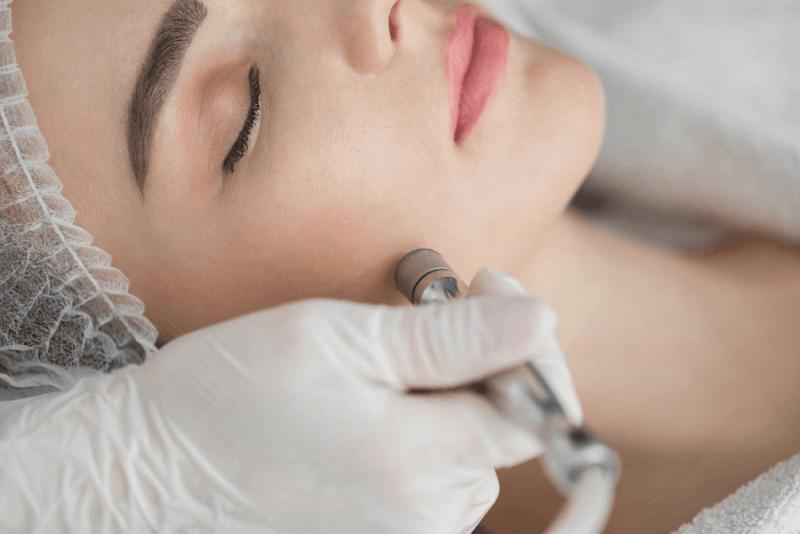What is Shingles?
Shingles is a disease caused by the varicella-zoster virus, leading to painful rashes on the skin. This virus also causes chickenpox. Various treatment methods can help reduce the severity of shingles symptoms, but there is no cure for the disease.
Diagnosis Methods for Shingles
The diagnosis of shingles is primarily based on a physical examination. The distribution of shingles rashes on the body helps in diagnosis, as they typically appear in a band-like pattern on one area of the body. Additionally, fluid from the shingles blisters can be tested to confirm the diagnosis.
Causes of Shingles
Shingles is caused by the chickenpox virus, which one may have contracted during childhood. The symptoms of chickenpox disappear, but the virus remains in the body. In some cases, this virus can reactivate in adulthood, leading to shingles.
Symptoms of Shingles
Symptoms of shingles include:
- Fever
- Chills
- Headache
- Feeling tired
- Sensitivity to light
- Stomach upset
A few days after the early symptoms, other symptoms appear, including:
- Itching, tingling, or burning sensation in the affected area of the skin
- Redness in the affected area
- Raised rash in a small area of your skin
- Fluid-filled blisters that break open and crust over
Treatment Methods for Shingles
Treatments to control the symptoms of shingles include:
Antiviral Drugs
Antiviral drugs can help stop symptoms sooner and reduce their severity. They are especially effective if used within the first 72 hours of symptom onset. These drugs also help prevent postherpetic neuralgia, a pain that can occur long after shingles. These drugs include:
- Acyclovir
- Famciclovir
- Valacyclovir
Over-the-Counter Pain Relievers
Over-the-counter pain relievers can help reduce pain. These include acetaminophen and ibuprofen.
Other Medications
If a bacterial infection develops in the shingles rash, antibacterial medications may be prescribed. If shingles affect the eyes or other parts of the face, anti-inflammatory drugs such as prednisone may be prescribed.
Hospitalization Due to Shingles
Hospitalization is usually not necessary for shingles. However, if blisters appear in multiple areas, hospitalization may be required. In such cases, patients should expect the following:
- Contact isolation is applied.
- Doors are kept closed.
- A sign is posted on the door indicating that people who have not had chickenpox or have not been vaccinated should not enter.
- Healthcare personnel take necessary safety precautions before entering the room.
Transmission of Shingles
Shingles is not contagious, but chickenpox can spread. The virus spreads through direct skin contact with the fluid leaking from the blisters. Although rare, the virus can also spread through the respiratory tract. Therefore, people who have not had chickenpox or been vaccinated should stay away from patients during the blistering stage.
Shingles and Nutrition
Nutrition plays an important role in controlling the symptoms of shingles. Some micronutrients can reduce the likelihood of developing shingles, especially in people over the age of 60. Additionally, certain foods can exacerbate the symptoms caused by the disease.
Recommended Foods
Adults with shingles can strengthen their immune systems by consuming various foods. It is important to focus on foods rich in vitamins A, C, E, B12, and D, as well as foods high in zinc. This can help patients feel less tired.
Vitamin B12 and the B vitamin complex, in general, help protect patients against the effects of postherpetic neuralgia. Foods rich in B vitamins include:
- Grass-fed beef
- Cultured dairy products
- Eggs
- Organic poultry
Increasing the intake of vitamin C strengthens the immune system. Therefore, people with shingles should increase their consumption of orange and yellow fruits and vegetables. Since the shingles virus hides in the liver, vitamin C acts as an effective antiviral and helps repair the liver.
Complex Carbohydrates
Complex carbohydrates found in barley, brown rice, and sweet potatoes help reduce inflammation. They are a much better option compared to foods containing simple sugars.
Foods Rich in Protein
Chlorophyll found in green beans has anti-inflammatory properties, which support the treatment of shingles.
Omega-3 fatty acids also have important anti-inflammatory properties. Foods rich in omega-3 fatty acids include:
- Almonds
- Flax seeds
- Fatty fish
Vegetables
Lettuce is an alkalizing vegetable that helps cleanse the liver and lymphatic system affected by shingles. It also helps relax the nerves and the body.
Asparagus contains compounds that help prevent the development of shingles. It is also an alkalizing vegetable, which prevents the accumulation of toxins caused by shingles.
Yogurt
Yogurt contains L-lysine amino acids and probiotics that have been shown to reduce the ability of the shingles virus to replicate.
Foods to Avoid
People with shingles should avoid the following foods and beverages:
Alcohol
Alcohol can interact with medications and cause many adverse effects because it reduces the capacity of the immune system, worsening symptoms.
Processed Foods
Highly processed foods contain high amounts of omega-6, added sugar, and salt, which can weaken the immune system and trigger inflammation.
High Glycemic Index Carbohydrates
People with shingles flare-ups should avoid foods with a high glycemic index, including:
- White bread
- Pasta
- Rice
- Sugary desserts
- Potatoes
- Sugar
Saturated Fats
Foods high in saturated fats include:
- Lard
- Butter
- Bacon
- Fatty pork
- Sausage
- Coconut oil
- Palm oil








